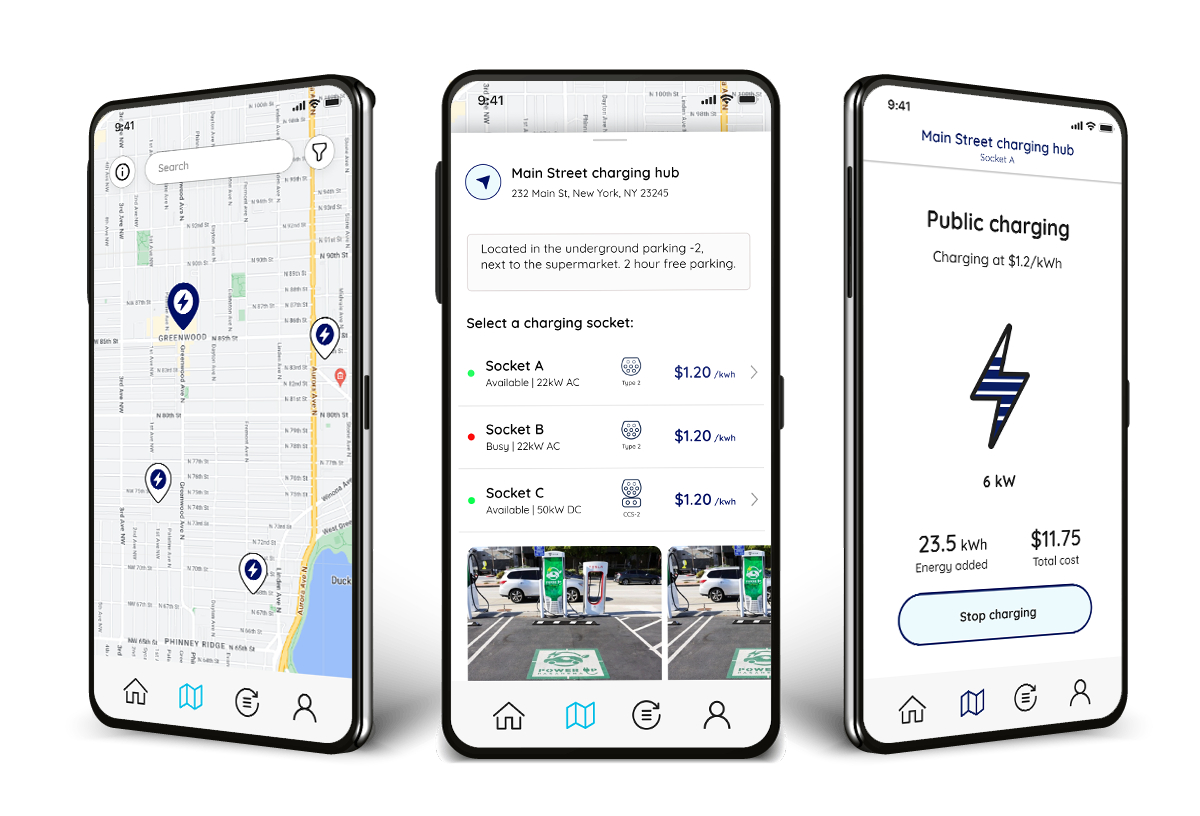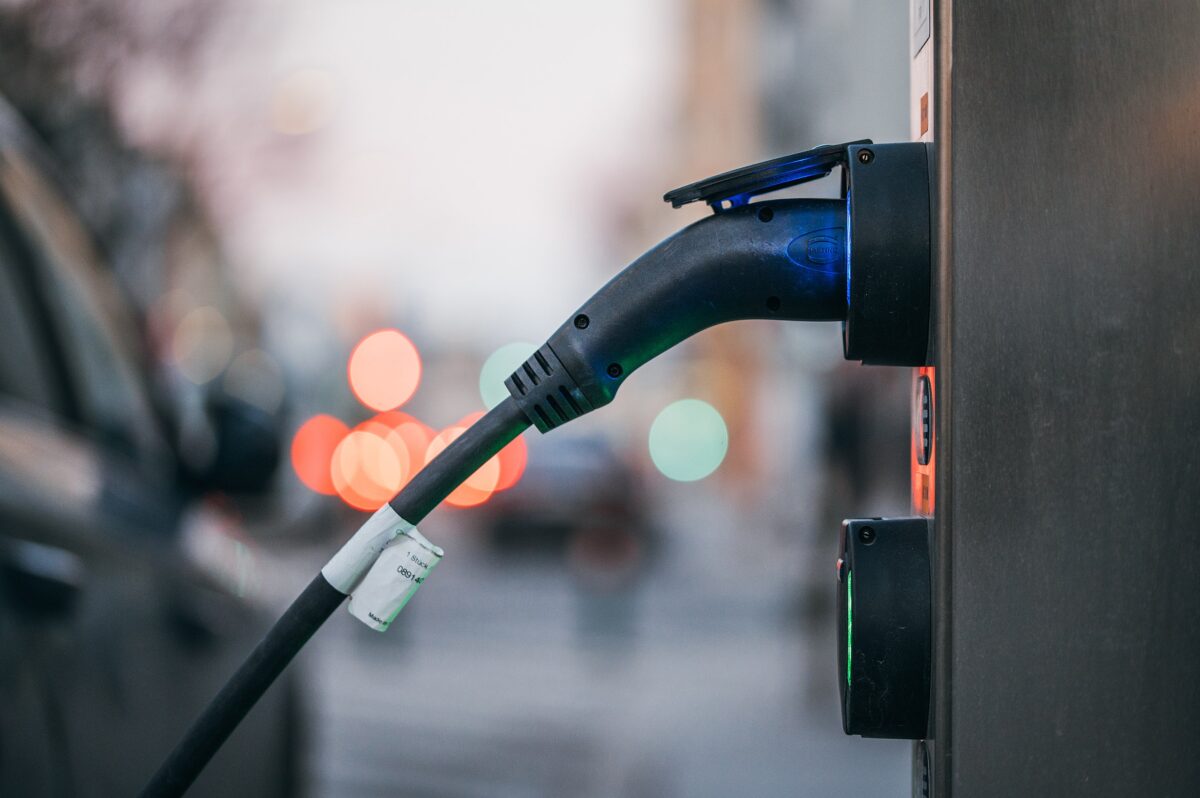The electrification of transportation is well underway. Roughly $860 billion has been raised globally to support the build out of EV manufacturing and charging infrastructure. Nearly one fourth of this investment is represented by the United States, which has at least $210 billion in major automaker and infrastructure projects planned.
According to the inaugural North American EV charging infrastructure monitor from Wood Mackenzie, President Biden’s goal of building out a national network of 500,000 EV chargers will be far exceeded in four years.
While the majority will be residential chargers, the report forecasts that 18 million chargers will be installed across the U.S. by 2027.
In addition to decarbonizing transportation, electric vehicles show great potential for their ability to balance the grid and by storing and dispatching locally generated electricity from solar.
Below are four recent developments in the EV charging space.
Enel X Way / Grid Alternatives
Enel X Way and Grid Alternatives are partnering to pilot a new EV charging program designed to bring access to low-income communities through added incentives.
Qualifying low-income customers in California who have recently purchased or leased an EV are offered a free JuiceBox home EV charger, installation services, and up to $2,000 in electric service panel upgrades. The incentives can be stacked on top of existing incentives and rebates, including the federal government’s 30% tax credit on home charging stations, the $7,500 credit for purchasing EVs, and California’s $2,000 cash rebate for eligible EV buyers.
“As automakers introduce more affordable EV models that appeal to a wider swath of consumers and income levels, new EV drivers will need a convenient and reliable place to charge up their electric vehicles,” said Chris Baker, head of Enel X Way North America.
Polestar / Tesla
Polestar, a Swedish electric performance car brand, announced it has signed an agreement with Tesla to enable access to Tesla’s network of EV Superchargers across the U.S. and Canada.

From 2025 onward, Polestar EVs will be able to access Tesla charging stations. Existing Polestar vehicles can be outfit with an adapter to access the Tesla ports.
“With 12,000 charging points today, a number that will only keep growing, this move will greatly increase the rate of EV adoption in a key automotive region,” said Thomas Ingenlath, chief executive officer, Polestar.
PowerFlex
PowerFlex, provider of EV charging stations for commercial fleets, announced it introduced a new controls software to manage charging.
The software, PowerFlex X, will control the nearly 4,000 charging stations currently in development for California utility Pacific Gas and Electric (PG&E).
Approximately 11% of PG&E’s fleet of about 9,200 on-road vehicles are powered by alternative fuels, including electricity. As outlined in its Climate Strategy Report, PG&E has committed to electrifying 100% of its light duty fleet, 50% of its medium-duty fleet, and 20% of its heavy-duty fleet by 2030.
“Our software platform provides unique benefits that help meet the growing EV demand, while minimizing the impact on the existing grid. The PowerFlex team and our customers understand the importance of reliable fleet charging through sustainable methods for EV growth,” said Raphael Declercq, chief executive officer, PowerFlex.
SolarEdge
SolarEdge, a major provider of solar inverters and battery energy storage, introduced a new software platform for the management of solar-attached EV charging facilities for the commercial and industrial segment.
The software manages and optimizes EV charging for projects that require dynamic load management and have numerous EVs on site. Apartment buildings, workplaces, and public charging locations are among some of the applications the software is designed to serve.

SolarEdge said its charging manager is built on AI-based predictive algorithms that incorporate real-time data and consider solar production, electricity price fluctuations, and tiered charging schedules. It integrates with SolarEdge’s energy management system, orchestrating interactions between the facility’s solar generation, battery energy storage, and large-scale EV charging, taking into account local infrastructure and grid conditions and limitations.
“As more companies are taking active measures to electrify their car fleets, combining solar PV and EV charging is a cost-effective and sustainable way to manage these fleets,” said Zvi Lando, chief executive officer, SolarEdge Technologies.
Wevo Energy, a startup focused on EV charging management software, developed the platform. SolarEdge is an investor in the company.
This content is protected by copyright and may not be reused. If you want to cooperate with us and would like to reuse some of our content, please contact: editors@pv-magazine.com.









By submitting this form you agree to pv magazine using your data for the purposes of publishing your comment.
Your personal data will only be disclosed or otherwise transmitted to third parties for the purposes of spam filtering or if this is necessary for technical maintenance of the website. Any other transfer to third parties will not take place unless this is justified on the basis of applicable data protection regulations or if pv magazine is legally obliged to do so.
You may revoke this consent at any time with effect for the future, in which case your personal data will be deleted immediately. Otherwise, your data will be deleted if pv magazine has processed your request or the purpose of data storage is fulfilled.
Further information on data privacy can be found in our Data Protection Policy.